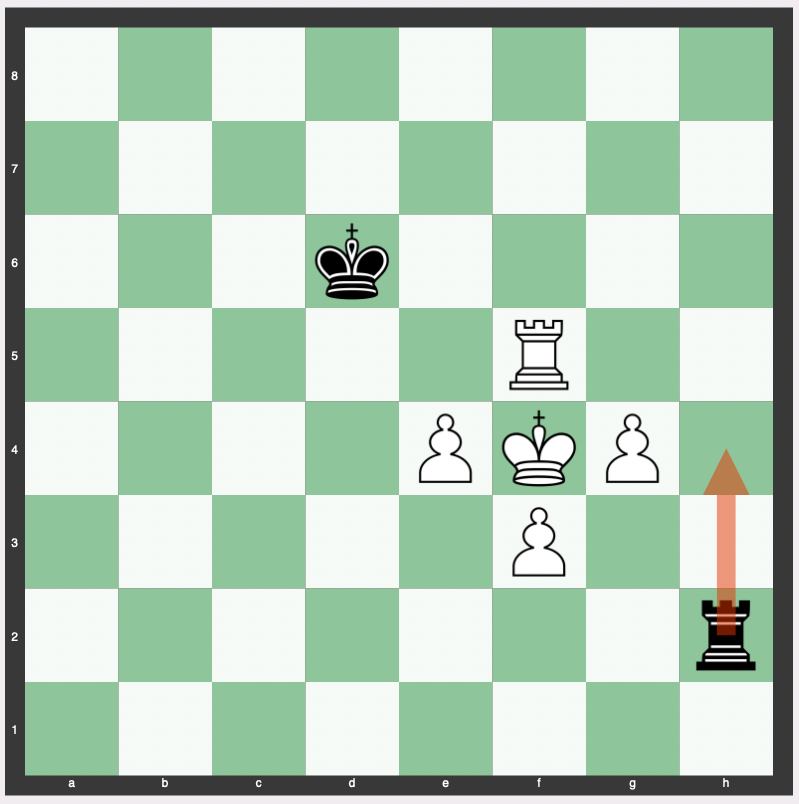Chess is a game that demands strategic thinking, tactical prowess, and creativity. One of the most fascinating and effective defensive concepts in the game is the fortress.
A fortress is a position that a player sets up to neutralize their opponent’s threats and prevent them from converting their advantage into a win.
In this article, we will discuss the key characteristics of fortresses in chess and explore their crucial role in shaping the game.
Characteristics of a Fortress in Chess
A fortress is a defensive setup that is particularly useful when a player is at a material or positional disadvantage.
It aims to create an impenetrable barrier, making it difficult for the opponent to break through and win the game.
Here are the common characteristics of fortresses in chess:
Useful pawn breakthroughs are not possible
One of the primary objectives of a fortress is to prevent the opponent’s pawns from advancing and creating a passed pawn.
This is achieved by organizing the defender’s pieces and pawns in such a way that any pawn advance by the opponent can be easily blocked or captured.
If the stronger side has pawns, they are firmly blocked
A successful fortress effectively blocks the opponent’s pawn structure, ensuring that the stronger side cannot make any progress.
By doing so, the defender neutralizes the opponent’s material advantage and limits their winning chances.
The stronger side’s king cannot penetrate because it is either cut off or near the edge of the board
The king is a vital piece in the endgame, often playing a crucial role in supporting pawn advances or capturing the opponent’s pieces.
A well-constructed fortress ensures that the stronger side’s king is restricted in its movement, making it difficult for it to infiltrate the defender’s position and contribute to the attack.
Zugzwang positions cannot be forced because the defender has waiting moves available
Zugzwang is a situation in chess where a player is forced to make a move that weakens their position, often leading to a loss.
A fortress is designed to provide the defender with ample waiting moves, avoiding zugzwang situations and maintaining the integrity of the defensive structure.
The Role of Fortresses in Chess
A fortress can be a game-changing defensive strategy, especially when a player is facing a material or positional disadvantage.
By establishing a solid defensive position, the weaker side can effectively neutralize the opponent’s threats and force a draw, even when their position appears to be lost.
Fortresses require precise planning, accurate calculation, and a deep understanding of the game’s principles.
The ability to construct a fortress demonstrates a player’s defensive skills and their ability to adapt to challenging situations.
A well-executed fortress can lead to surprising outcomes, highlighting the beauty and depth of chess as a strategic battle.
Examples of Fortresses in Chess
Below are examples of a fortress.
The black rook has no way of getting at the white king because of the protection on all four sides.

As white coordinates its pieces, this fortress can carry forward.

Eventually white will queen a pawn and black will be forced to give up the rook, and white will queen another pawn for checkmate.
Conclusion
In chess, the fortress is a powerful defensive concept that can turn the tide of a game when employed skillfully.
By understanding the characteristics of a fortress and mastering the art of constructing one, players can enhance their defensive repertoire and increase their chances of success, even when faced with seemingly insurmountable odds.
As with any chess strategy, practice and experience are essential in developing the ability to recognize and establish fortresses in your games.


